


Discover the latest trends and top choices in rechargeable batteries for 2025. Compare lithium-ion, NiMH, and LiFePO4 technologies, learn about advancements in capacity and charging speeds, and find the perfect battery solution for your devices. Make an informed decision with our comprehensive guide to the evolving battery market.
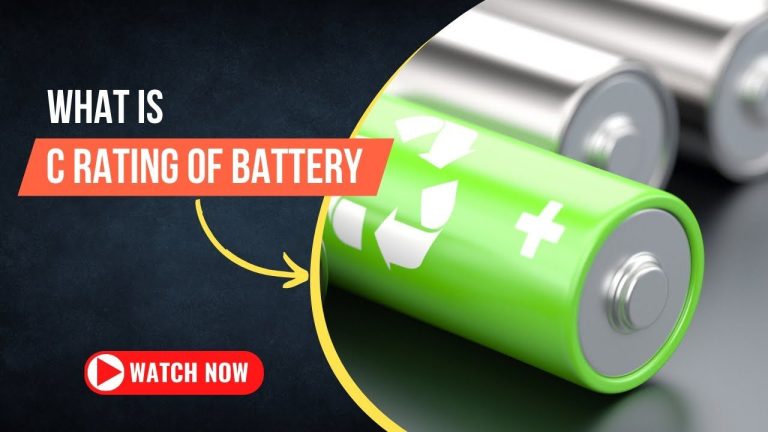
Learn how battery C rate impacts drones, EVs, and medical devices. Explore Li-ion/LiFePO4 solutions with ISO-certified BMS and 95% efficiency. Consult engineers for custom specs.
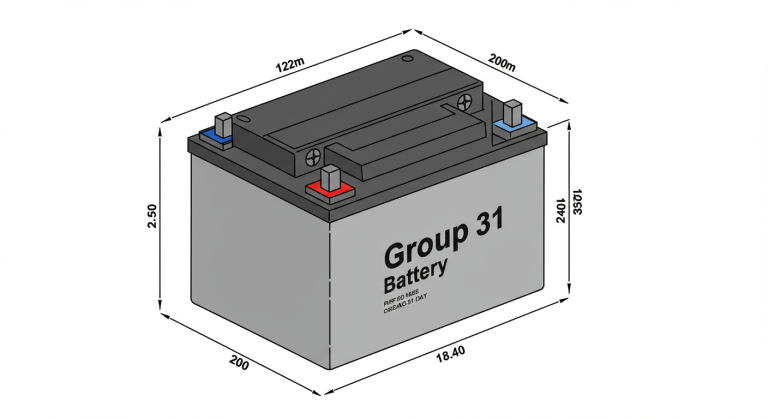
Explore Group 31 battery specs: LiFePO4 (3,000+ cycles), AGM reliability, UL 2580-certified designs for marine/solar. Compare types for your industrial needs.
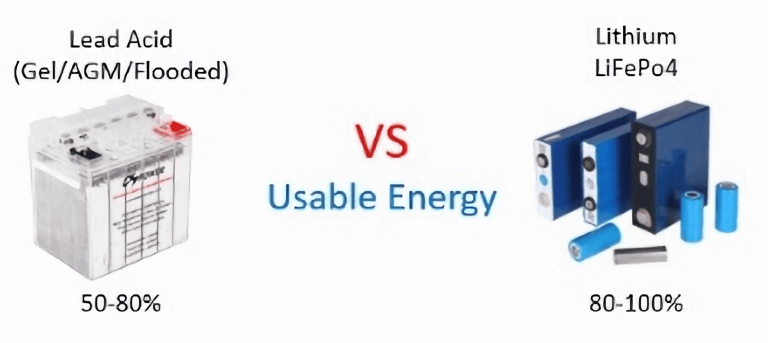
Compare flooded lead-acid battery cycle life, DOD thresholds, and runtime metrics. Discover lithium alternatives with 3,500 cycles at 80% DOD and UN 38.3 certification. Calculate your ROI.
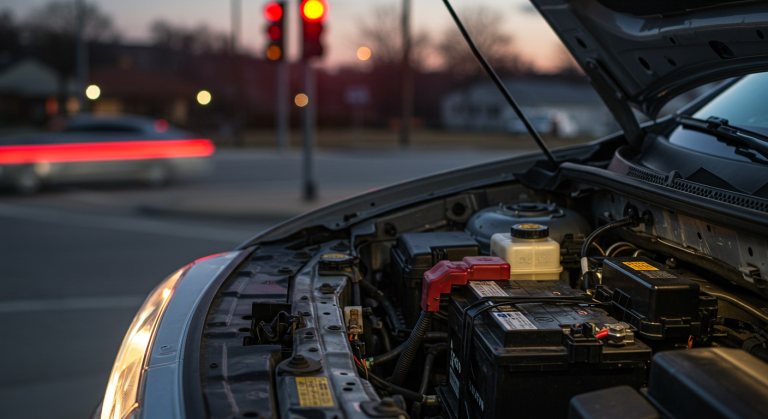
Compare AGM, EFB, and LiFePO4 Stop Start batteries: 3,000+ cycles, -40°C performance, and UN 38.3 compliance. Cut fleet costs with ISO-certified solutions. Learn more.

Compare lithium vs lead-acid battery reserve capacity. Learn RC calculation, ISO-certified testing, and how LiFePO4 delivers 240+ minutes with 3,000+ cycles. Design your solution.
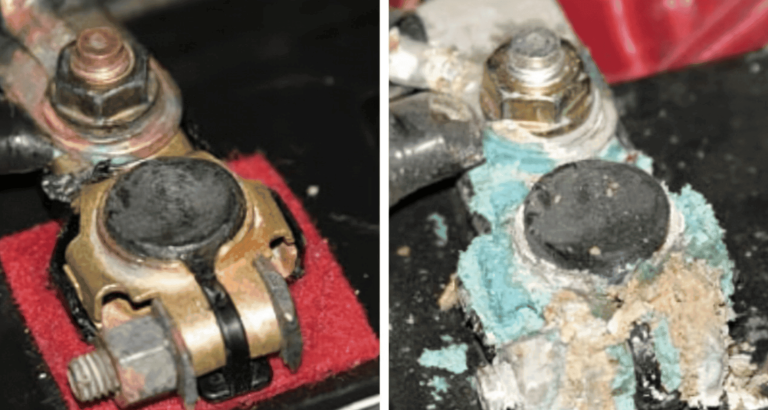
Compare corrosion risks in lead-acid vs maintenance-free lithium batteries. Discover laser-welded terminals and 95% discharge efficiency. Get a technical consultation.
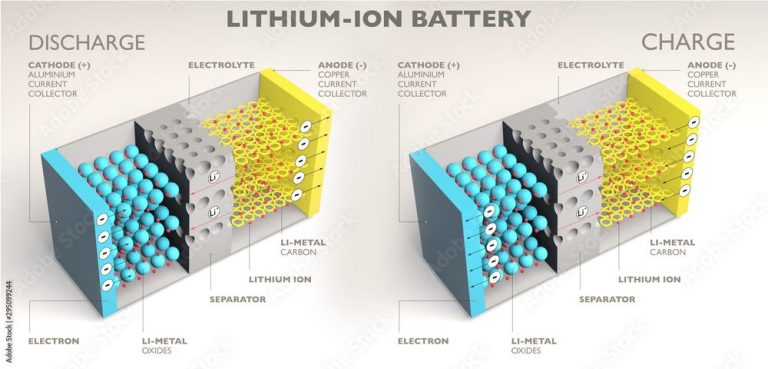
Learn how anode/cathode material selection impacts battery safety, energy density, and lifecycle costs in custom Li-ion packs. Request your design analysis.

Compare lithium vs alkaline batteries for energy density (200+ Wh/kg), temperature resilience, and lifespan. Learn how UN 38.3-certified lithium solutions reduce long-term costs. Consult experts.
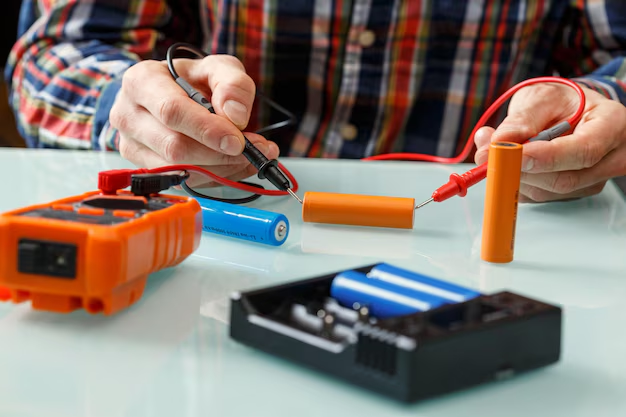
Learn how watts impact battery performance, UL-certified safety, and LiFePO4 efficiency. Optimize power delivery for marine, RV, and industrial systems. Design with Vade Battery.

Compare Li-ion vs LiPo energy density (150–265 Wh/kg), safety features like BMS, and cost-effectiveness. Learn how UN 38.3-certified batteries ensure global compliance. Consult experts.

Compare amp-hours vs watt-hours for industrial battery systems. Learn how ISO-certified LiFePO4 packs achieve 10-year lifespans and 250Wh/kg energy density. Design smarter.

Compare dry vs wet cell batteries: safety, energy density, and lifecycle costs. Discover ISO-certified lithium solutions for industrial and medical applications.

Discover why lithium batteries command premium prices: specialized materials, complex manufacturing, sophisticated BMS, and strict safety certifications all contribute to their higher costs.
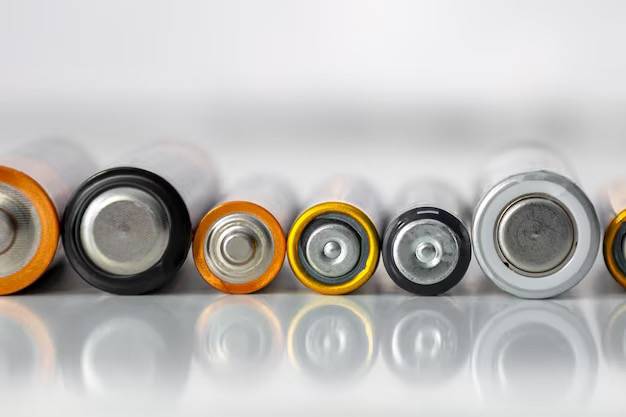
Explore UL 2054-certified lithium battery leak prevention with <0.02% monthly capacity loss. Learn MIL-STD-810H safety protocols and predictive maintenance strategies. Download the guide.
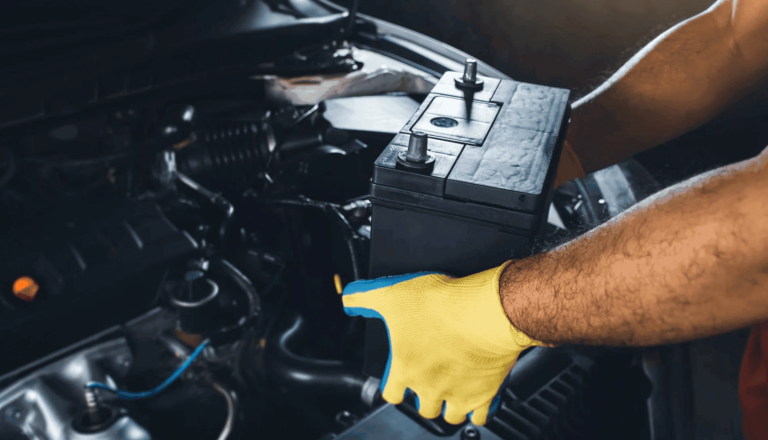
Discover why battery weight matters for gas, hybrid, and EV performance. Technical breakdown of Li-ion (150-250 Wh/kg), LiFePO4 (5,000+ cycles), and lead-acid limitations.